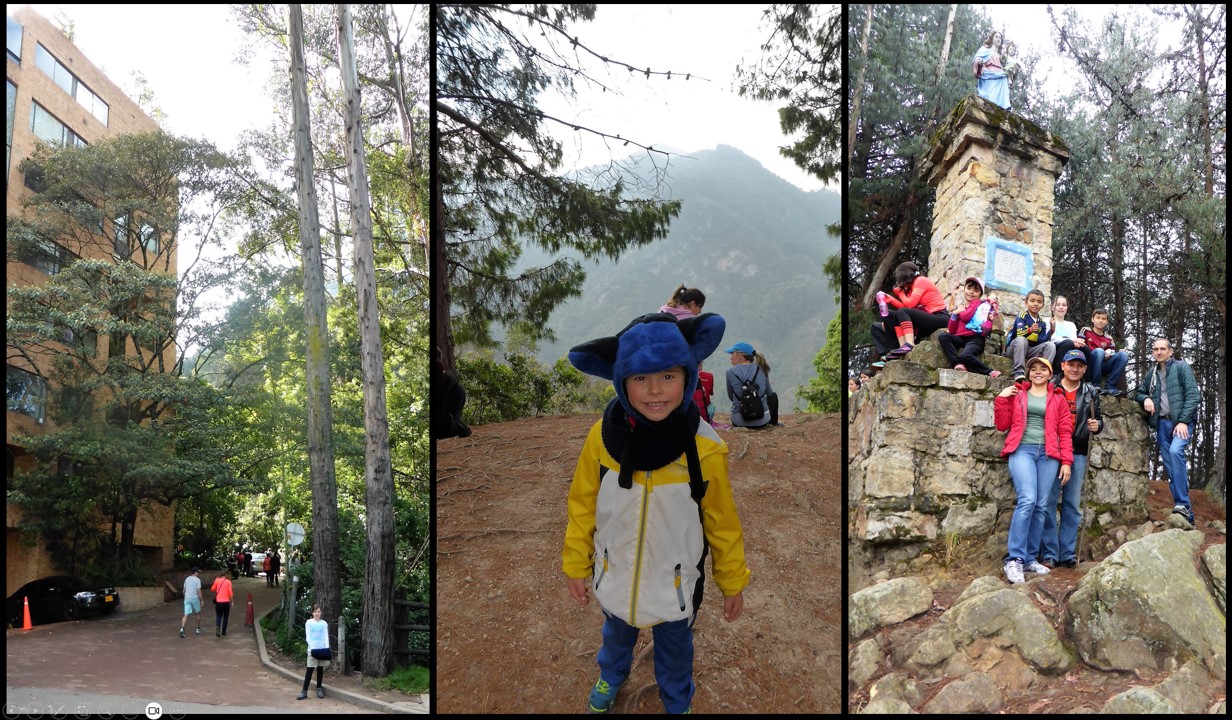Bogotá Hiking: Quebrada La Vieja
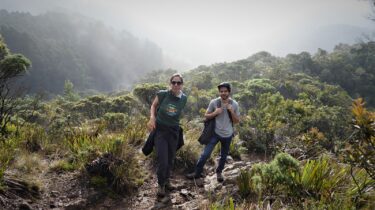
Hike to the beautiful Cerros Orientales (Eastern Hills) up the easily accessible Quebrada La Vieja. Here’s some photos and practical advice on how to safely enjoy one of Bogotá’s best excursions, open most days of the week. And it’s free.
Published May 2023. See similar posts: Short hike to Juaica, and Bogotá, Walking up Monserrate and my new post on Hiking up to Bogotá’s Cerro Aguanoso.

The Quebrada La Vieja has two sections: a short urban Lower section that starts on Calle 72, close to the junction with Carrera 2A. This is five minutes walk from the large 7th Avenue (Avenida Carrera La Septima) which has good transport links across the city. You can take a bus, taxi or Transmilenio to the large Septima/Calle 72 junction then walk up the Calle 72 to the start point, see the photo below. Follow the winding path through the woods and up towards the mountains. You’ll be amazed by the greenery, but also by the luxurious flats of the Rosales Barrio, most expensive area of Bogotá.
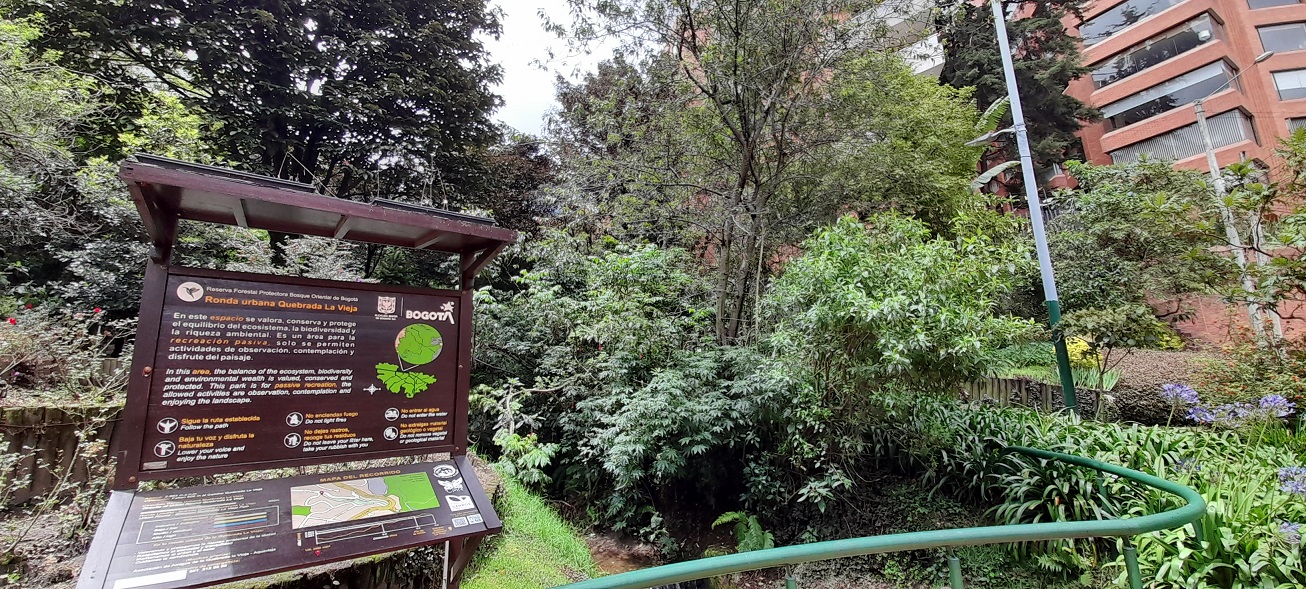
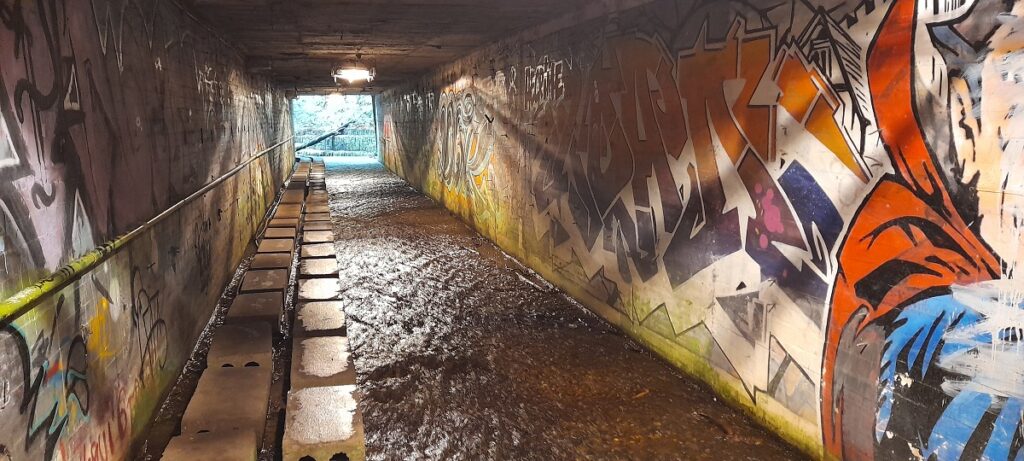
At the top of this trail you’ll find a tunnel which leads under the road. On the east side of the tunnel you’ll see the entrance to Quebrada La Vieja Upper Section, which is accessed at Carrera 1 (“Circunvalar”) with Calle 70a. This wilderness is managed by the EAAB, the Water Board of Bogotá (Acueducto) and you need to be pre-registered (currently FREE) to enter this section. You can register up to 5 days before the hike at this EAAB webside here. The process is quite simple: choose the hike (there are several) and time and day, and fill in the on-line form. (There are private hiking companies who organise paid excursions to the Quebrada).
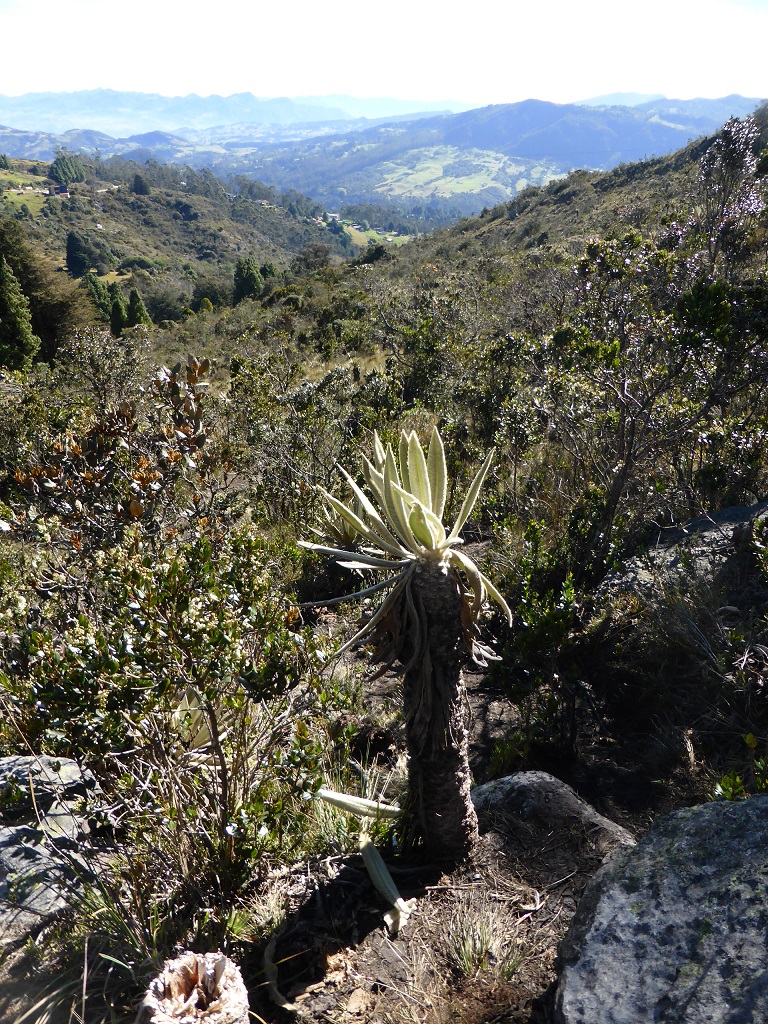
IN GENERAL:
- Trails can close during heavy rain, or after tree falls.
- Trails open 5.45am to 8.30am but are closed usually after 10am, so choose an early start if you are slow.
- Trails are patrolled by POLICE during these hours, so you are safer. At other hours the risk of robbery is high.
- Trails start at around 2,400 metres (7,900 feet) and climb to maximum 3,200 metres (10,500 feet) so best to acclimatise to altitude before hiking (3 days in Bogotá).
- Take a waterproof jacket, walking boots, snacks and water.
- Don’t take unnecessary valuables.
WHICH TRAIL TO CHOOSE?
- The Quebrada La Vieja has FOUR TRAILS which I will list below:
- CLARO DE LUNA (Moonlight): This is a small clearing 30 minutes from the Upper Entrance. All trails pass this point. This trail is open daily.
- LA VIRGEN. Easiest trail, another 30 minutes, following a ridge NW back towards to a statue (the Virgen) overlooking the city.
ALTO DE LA CRUZ (The Cross): Tougher trail, another 1 hour, heading south to a hilltop with cross and great views of the hills and city. - PARAMO/PIEDRA BALLENA (Whale Rock, Moorland): Toughest trail leading to the high ridge above Bogotá (3,200 metres), with best views and high Andean vegatation, like freilejones. From here you can walk to villages on the east ide of the mountain and get a bus back to Bogotá.

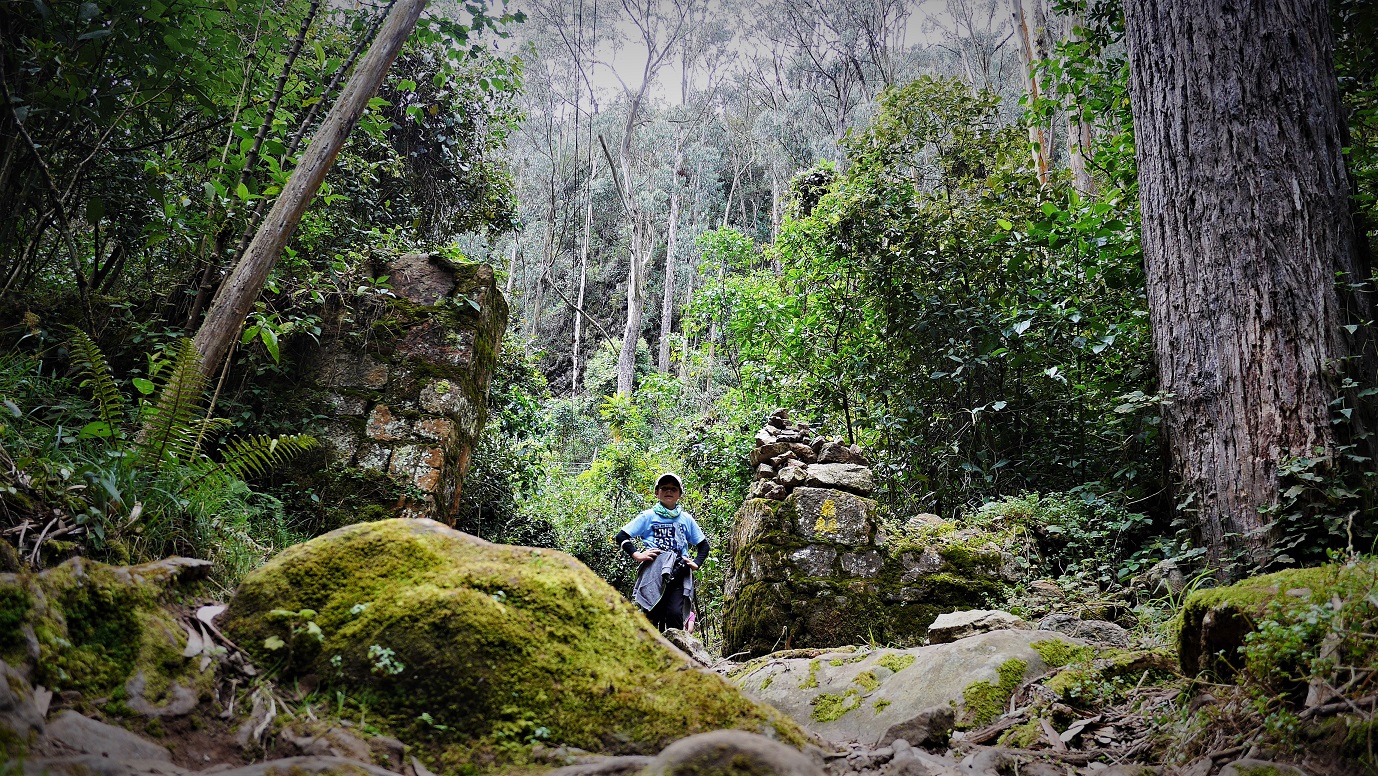
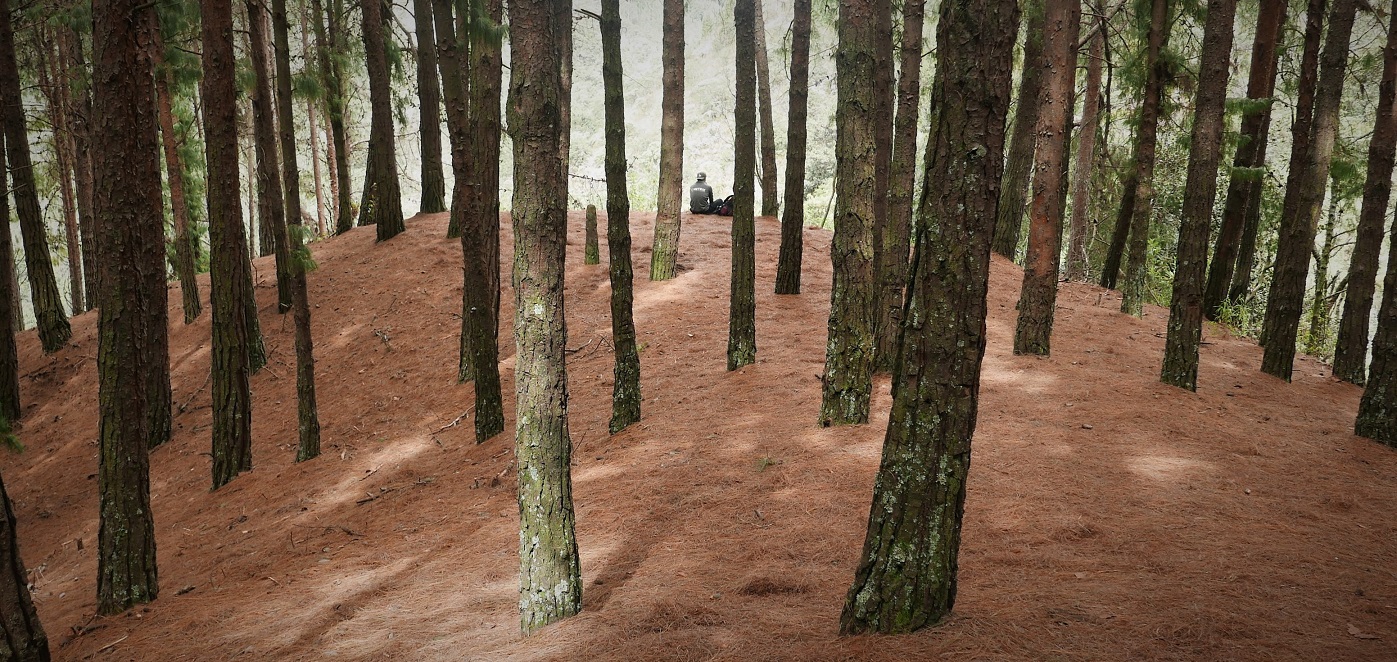

Spaces on trails are limited to protect the fragile Andean ecosystems, and can very depending on ecological evaluations of the trails. In 2023, the Paramo trail only opened Wednesdays and Sundays, and Alto de La Cruz only on Thursdays and Fridays. Claro de Luna and La Virgen usually open every day. Weekends book up very fast, so are hard to find spaces (“cupos”). Weekdays are quieter and you can usually book the day before.
After registering, you will be sent a QR code to your email. You can cancel your booking if your plans change the day before.
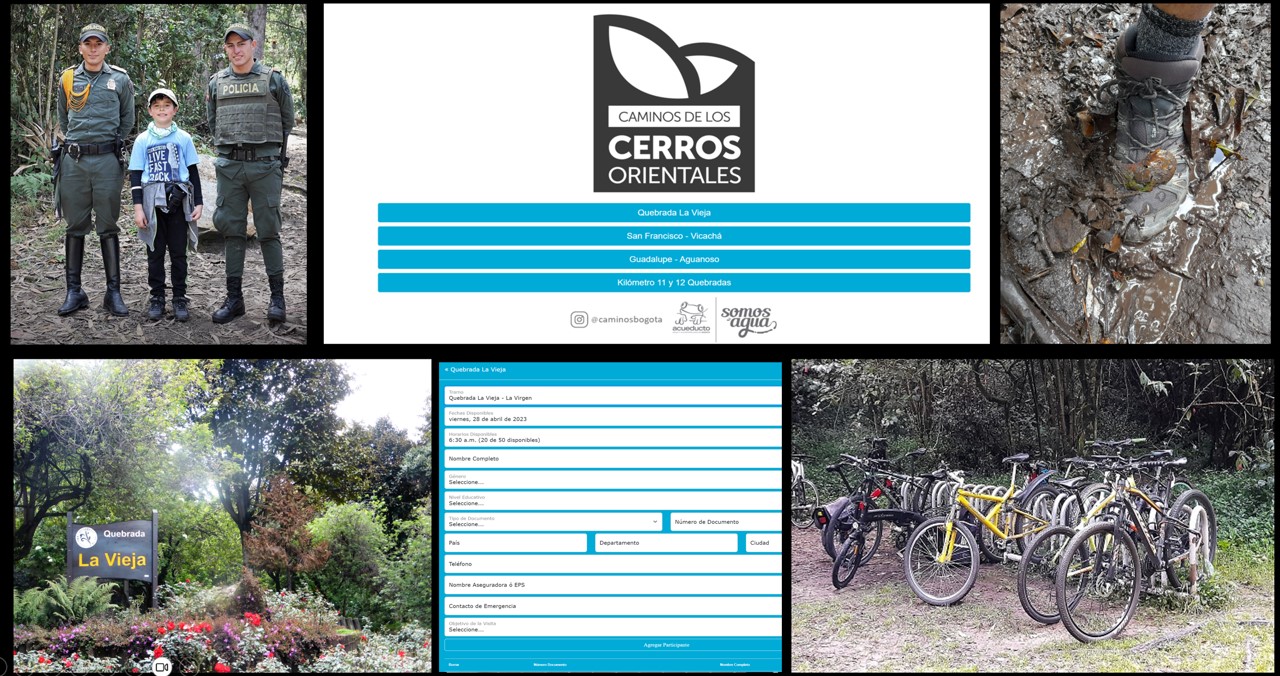
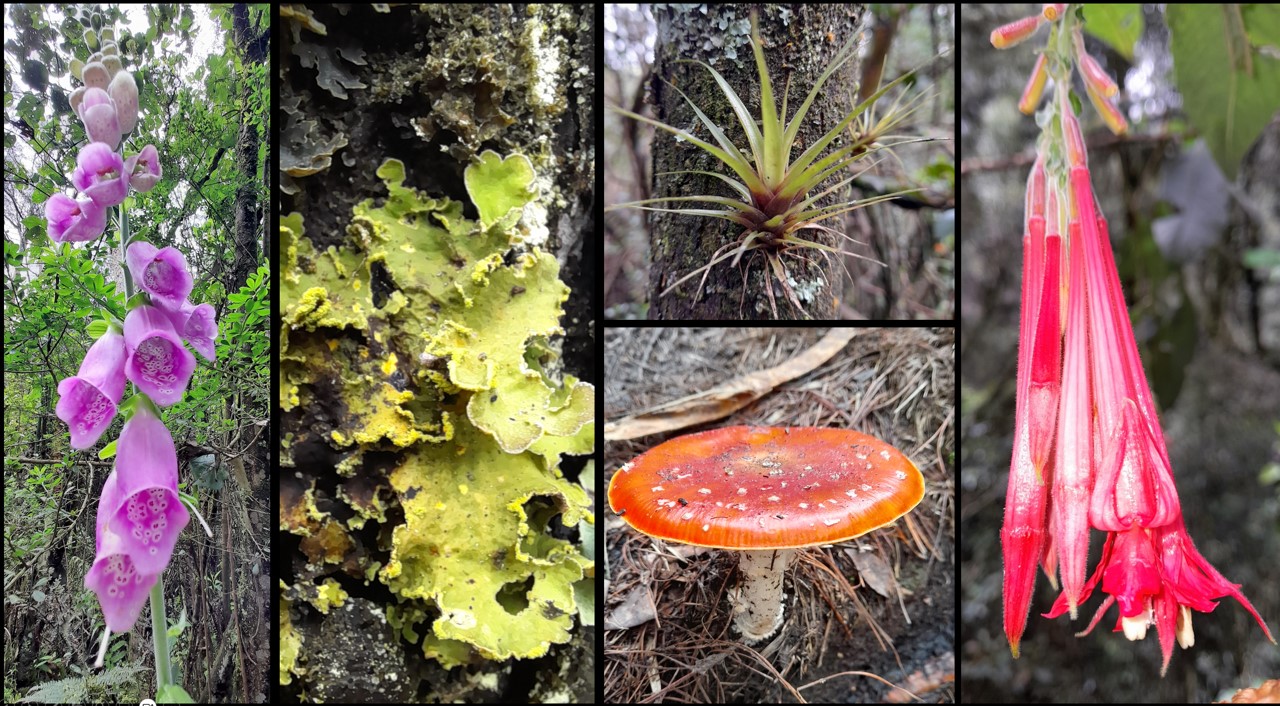
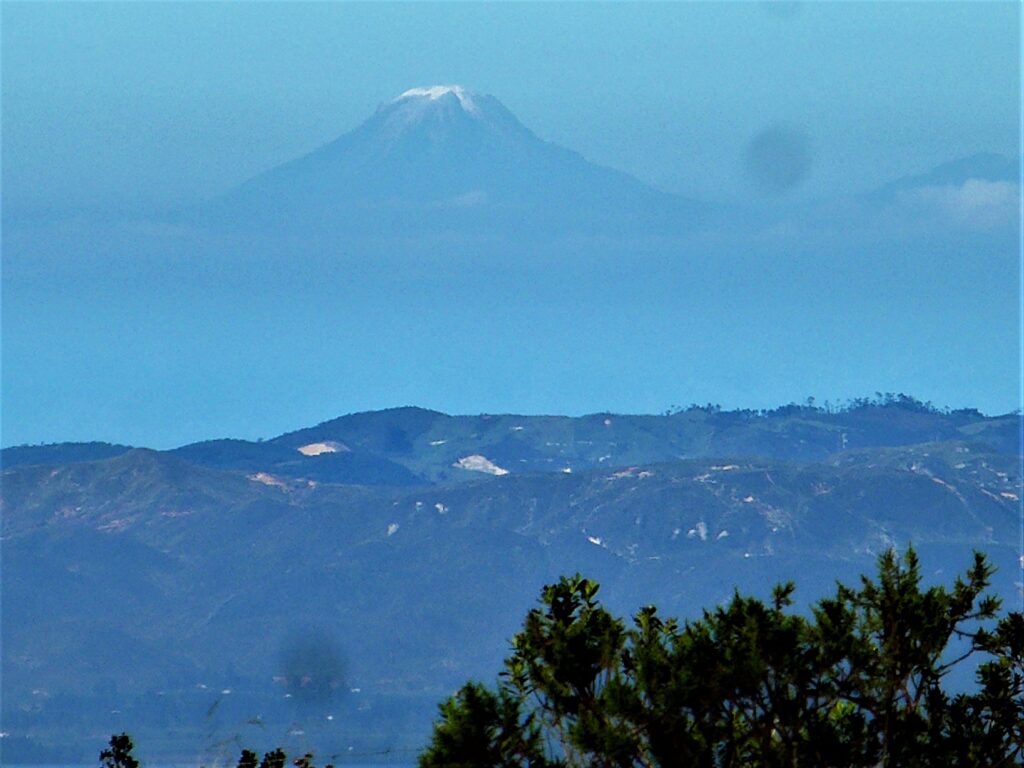
PLANNING YOUR HIKE
Weather: see my post here on Bogotá weather, which is fickle all year, but more likely to be fine in January and June (and rainiest in May and November, there is a double wet season). But even at rainy times it can be fine in the morning, usually after 8am when the mountain mist lifts. In the cold clear months (January, February) I have climbed early to the Paramo covered in frost and clear views to the Cordillera Central and snow-capped volcanos. But that’s a rare sight: normally the Quebrada La Vieja is mysterious and misty, with glimpses of the city below.
How long will it take: if you are a fit hiker and set off from the Upper Section (Carrera 1) entrance at 5.45am you can jog up to La Virgen and back in one hour. Slower walkers will take two. Alto de La Cruz can take three hours return, at a normal pace, and the Paramo (which is very steep) up to four hours. The trail is always slippery so take care of knees and ankles.

WHAT WILL I SEE?

The Cerros Orientales have High Andean Forests, Sub-Paramo and Paramo ecosystems, with a mix of native vegetation and non-natives, mostly large stands of pine trees and towering eucalipts (gum trees from Australia), brought by the Spanish colonists to provide timber for the growing capital city.
The Quebrada La Vieja is home to amphibians (at least 8 species), reptiles (6 species), birds (doves, hummingbirds, tanagers, flycatchers, raptors) and mammals such as bats, weasels, cusumbos, squirrels, and shrews. The trails cross a much larger protected forest area that is a corredor between larger national parks – Chingaza, Sumapaz – that are home to larger species such as spectacled bears and pumas.
Casual hikers will see humming birds, small mammals, lizards (if warm) and lots of interesting vegetations such as liches, see my post here on Andean lichens. The most common creature is a MAMIL (Middle Aged Man In Lycra).
